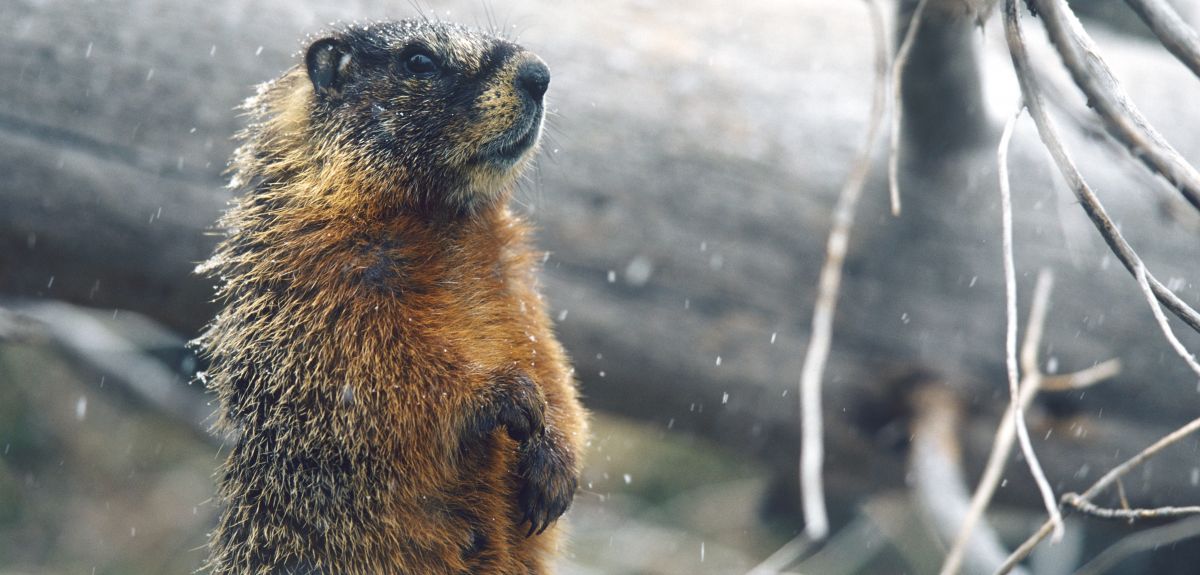
Credit: Shutterstock
Zoos and aquaria deliver missing information critical to sustaining biodiversity
In an era of always-on information, it is surprising how little we know about key biological aspects of animal species worldwide. A paper published this week in the Proceedings of the National Academy of Sciences (PNAS) reveals that fundamental pieces of information, such as fertility and survival rates - the building blocks of how populations persist - are missing from global data for more than 98 percent of known species of mammals, birds, reptiles, and amphibians.
This is a gap with far-reaching implications, since conservationists fight to save species from extinction. Predicting when species are at risk, and how best to bolster populations, requires knowing when individuals reproduce, how many offsprings survive to adolescence, and how long adults live.
A multidisciplinary team led by researchers from the Interdisciplinary Center on Population Dynamics, Oxford, the Max Planck Institute for Demographic Research, the University of Southern Denmark and Species360 Conservation Science Alliance, with participants from additional 19 institutions, believes we know more than we think. To measure available data, and identify gaps, they developed a Species Knowledge Index (SKI) that classifies available demographic information for 32,144 tetrapod species.
Associate Professor, Rob Salguero-Gomez, at the Department of Zoology of Oxford University, said: ‘What’s has been a truly eye-opening experience in this project has been to realise that we don’t actually have a lot of demographic information in the wild from many animal groups. For instance, from my experience leading the COMADRE Animal Matrix Database, I’ve come to work very closely with mammal and bird demographers, who publish quite frequently on long-term demographic datasets of extremely interesting species like Soay sheep, roe deer, yellow-bellied marmot and blue tits. However, a lot of the demographic efforts in animal natural populations are focused on just a handful of these species. In my group, we are overcoming this by studying ‘anything that moves and that doesn’t’ from albatrosses, to corals and sponges, mistletoes, carnivorous plants, living rocks (Lithops) and flatworms (and occasionally humans too).’
Turning first to go-to global sources of information, the index registers comprehensive birth and death rates for just 1.3 percent of land-vertebrate species. The map of the index shows that there quadrants representing whole orders of species remained largely blank.
The “aha” moment came when researchers added a previously untapped source, the Zoological Information Management System (ZIMS), curated by wildlife professionals at nearly 1,200 zoos, aquaria, refuge, research, and education centres in 96 countries. In one fell swoop, ZIMS boosted the Species Knowledge Index eightfold for comprehensive life table data used to assess populations and delivered a 73 percent gain in what we know about the age when individuals begin to reproduce – at least under optimal conditions captivity.
Lead researcher and Conservation Science Alliance director Dalia A. Conde, said: ‘Adding ZIMS was like turning on the lights in an otherwise very dim room. Class by class, from mammals through amphibians, saw large blank spaces fill with points representing usable data.’
Zoos and aquaria started member-driven nonprofit Species360 more than 40 years to facilitate sharing husbandry and medical information for animals in their care. Today, nearly 1,200 institutional members of Species360 collaborate to curate and share the world’s largest set of wildlife data.
The study, ‘Data gaps and opportunities for comparative and conservation biology’, suggests a value far beyond the data itself. As Conservation Science Alliance and other researchers apply analytics to data aggregated across global sources, including ZIMS, they glean insights that impact outcomes for species in danger of extinction. Moreover, this can provide key insights for comparative and evolutionary biology, such as understanding the evolution of ageing.
Read the full paper: Data gaps and opportunities for comparative and conservation biology in PNAS.
 Child heart disease found to be more likely if mother has anaemia during pregnancy
Child heart disease found to be more likely if mother has anaemia during pregnancy
 New study finds common virus may improve skin cancer treatment outcomes
New study finds common virus may improve skin cancer treatment outcomes
 Expert Comment: How can we encourage engagement with online fact-checking?
Expert Comment: How can we encourage engagement with online fact-checking?